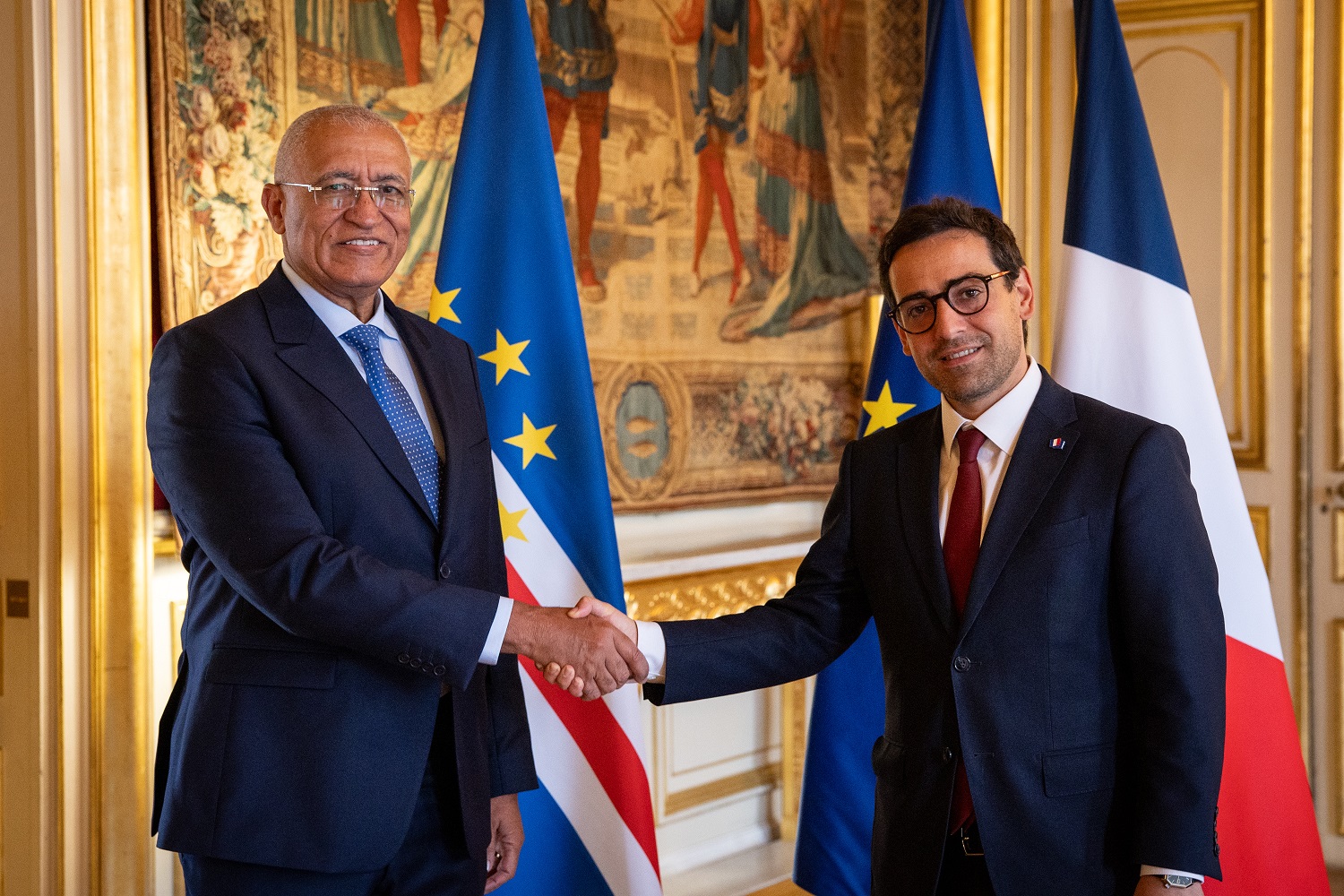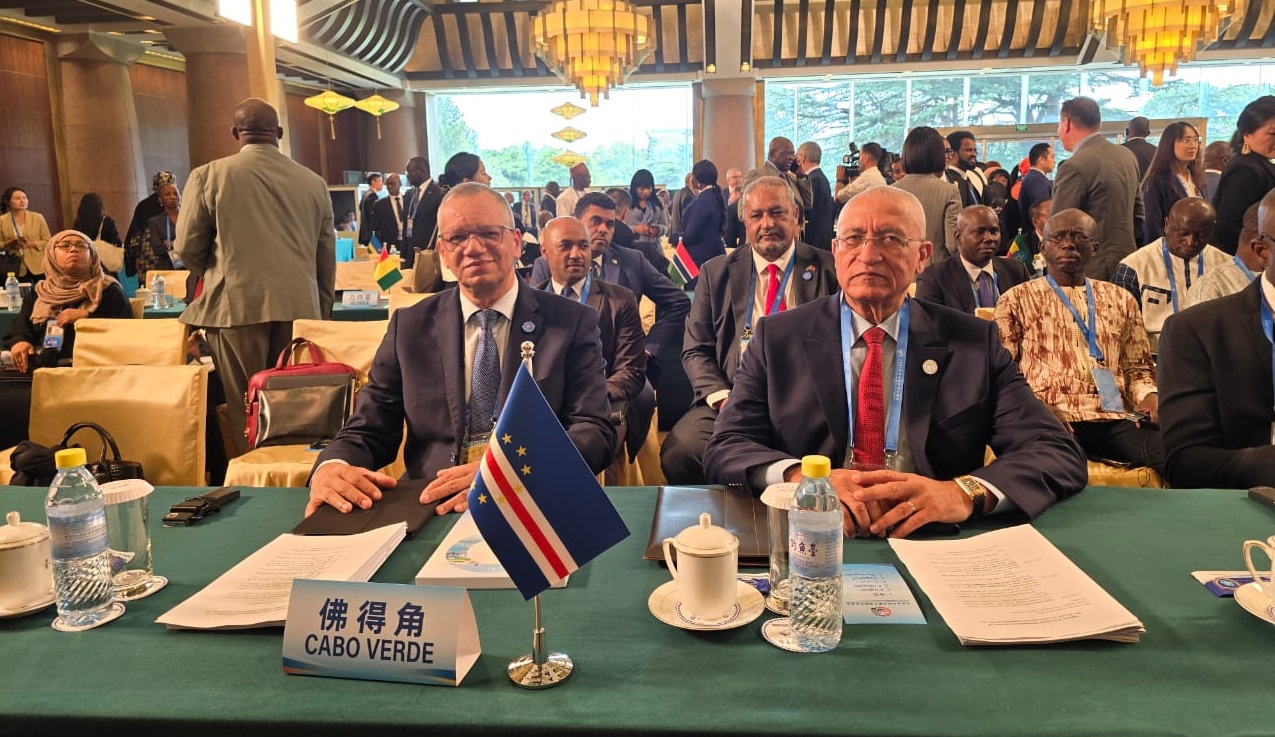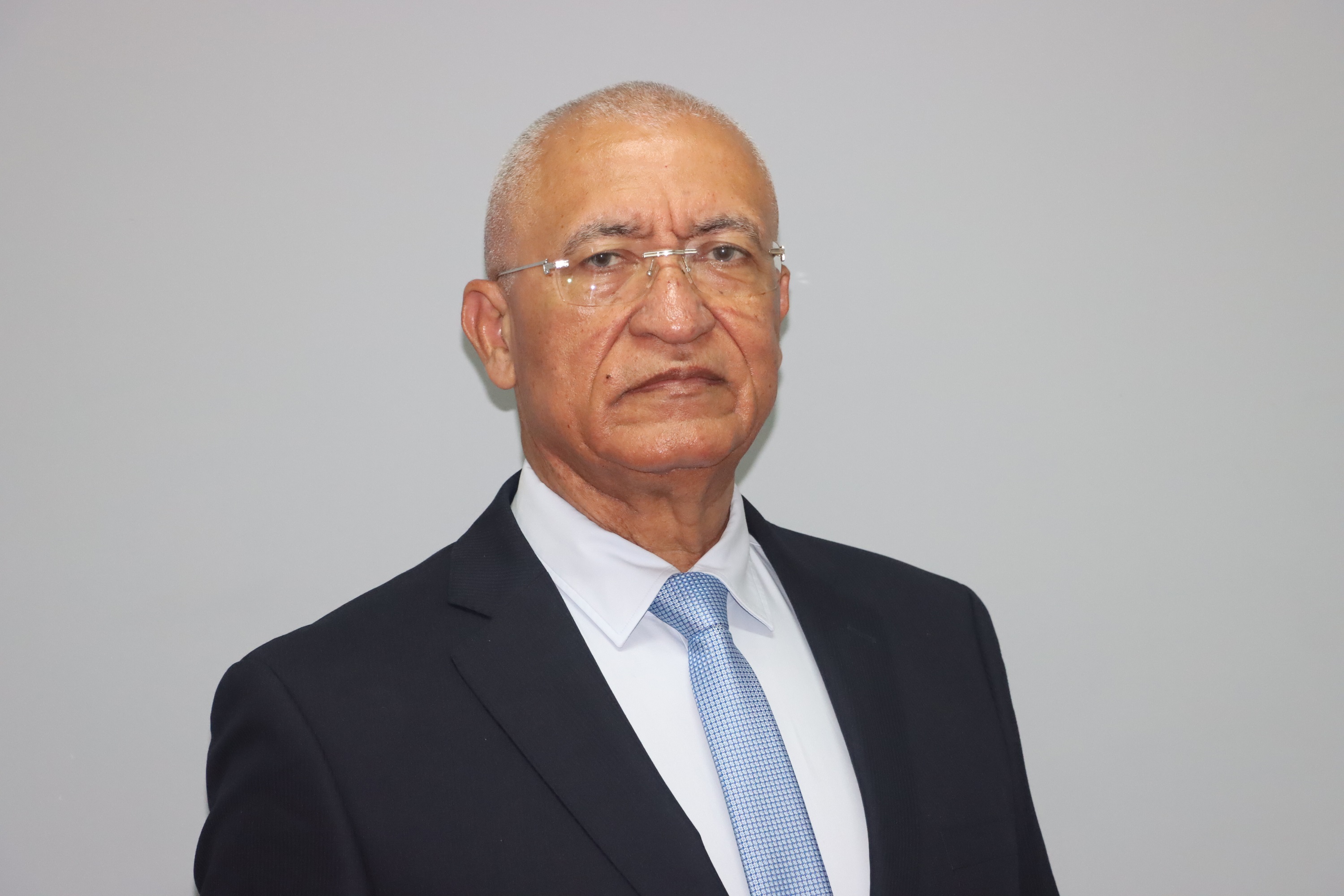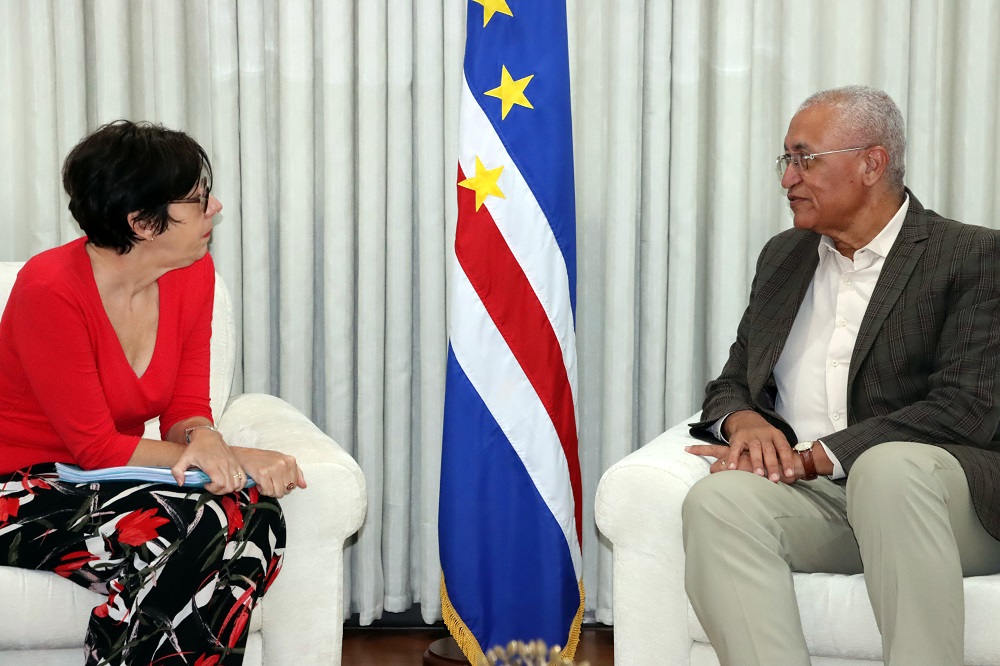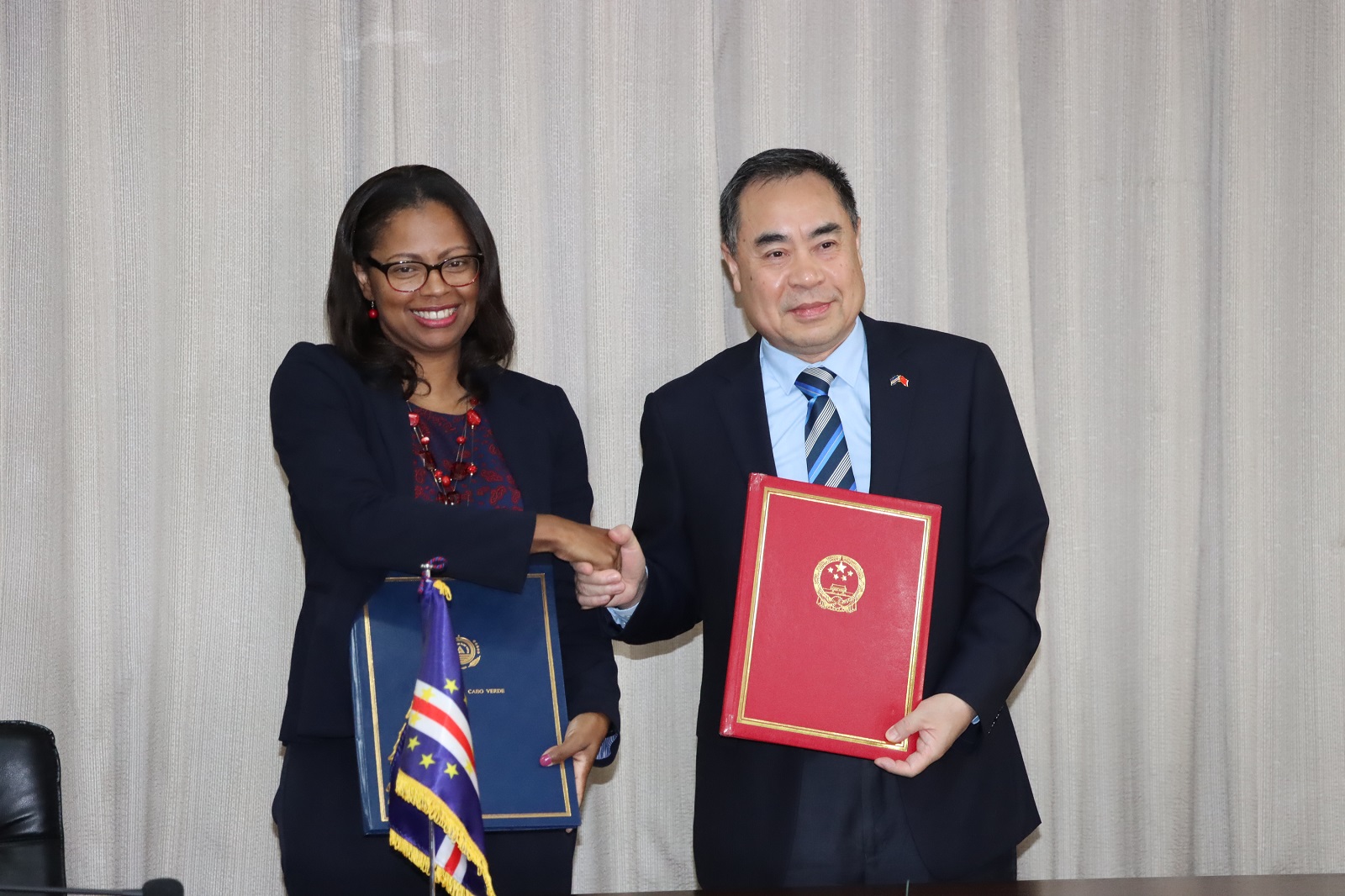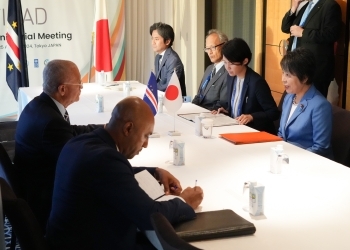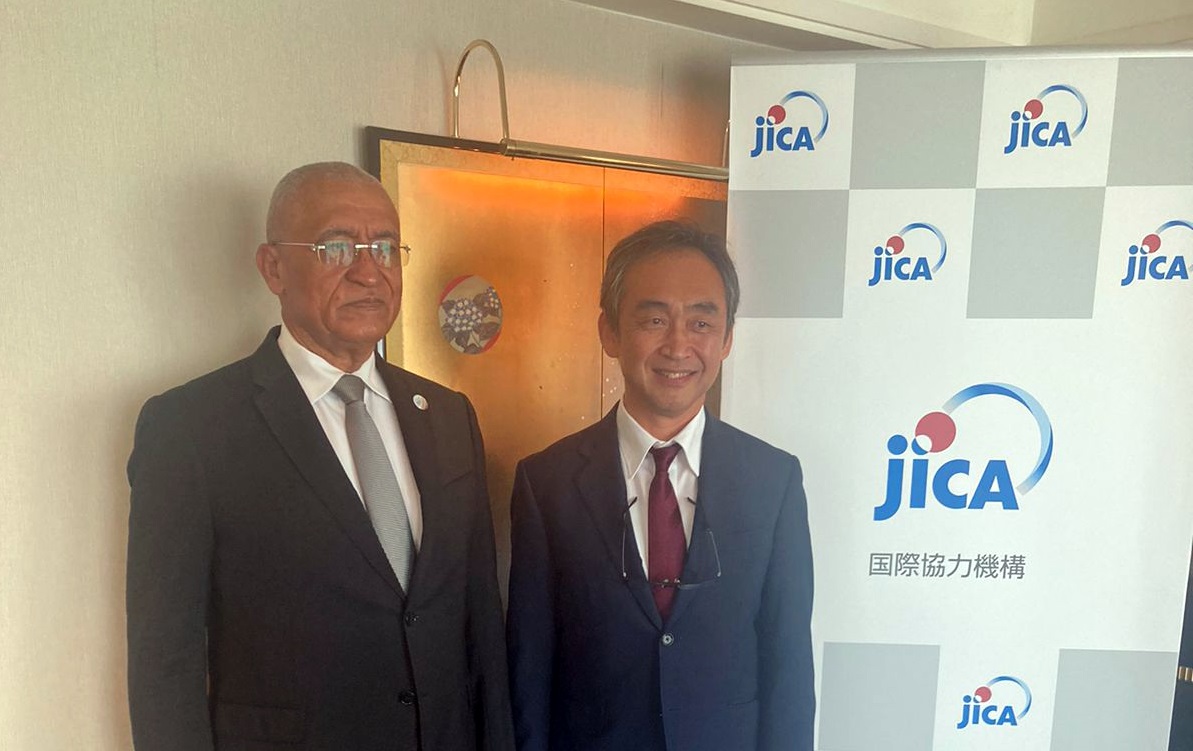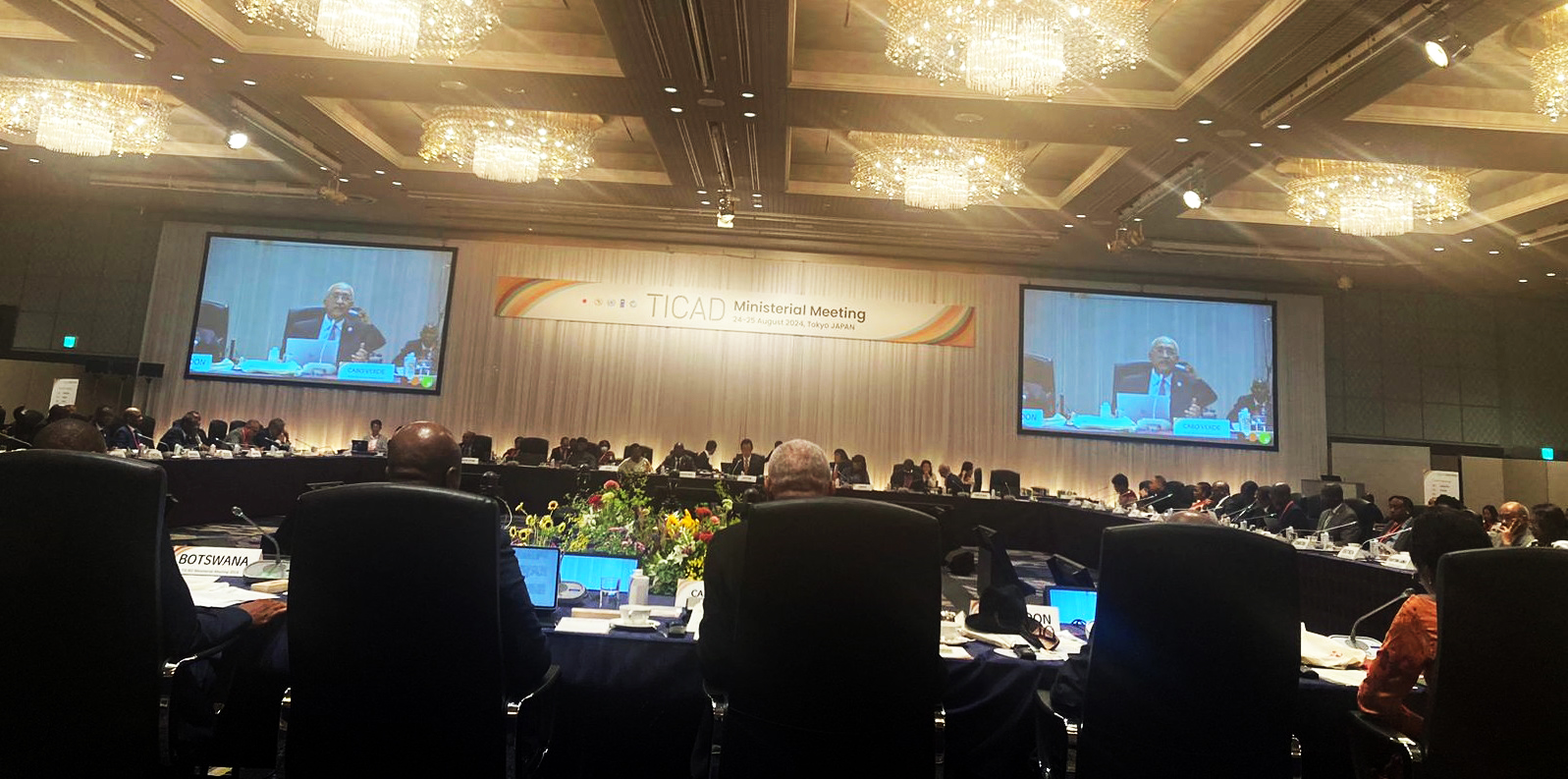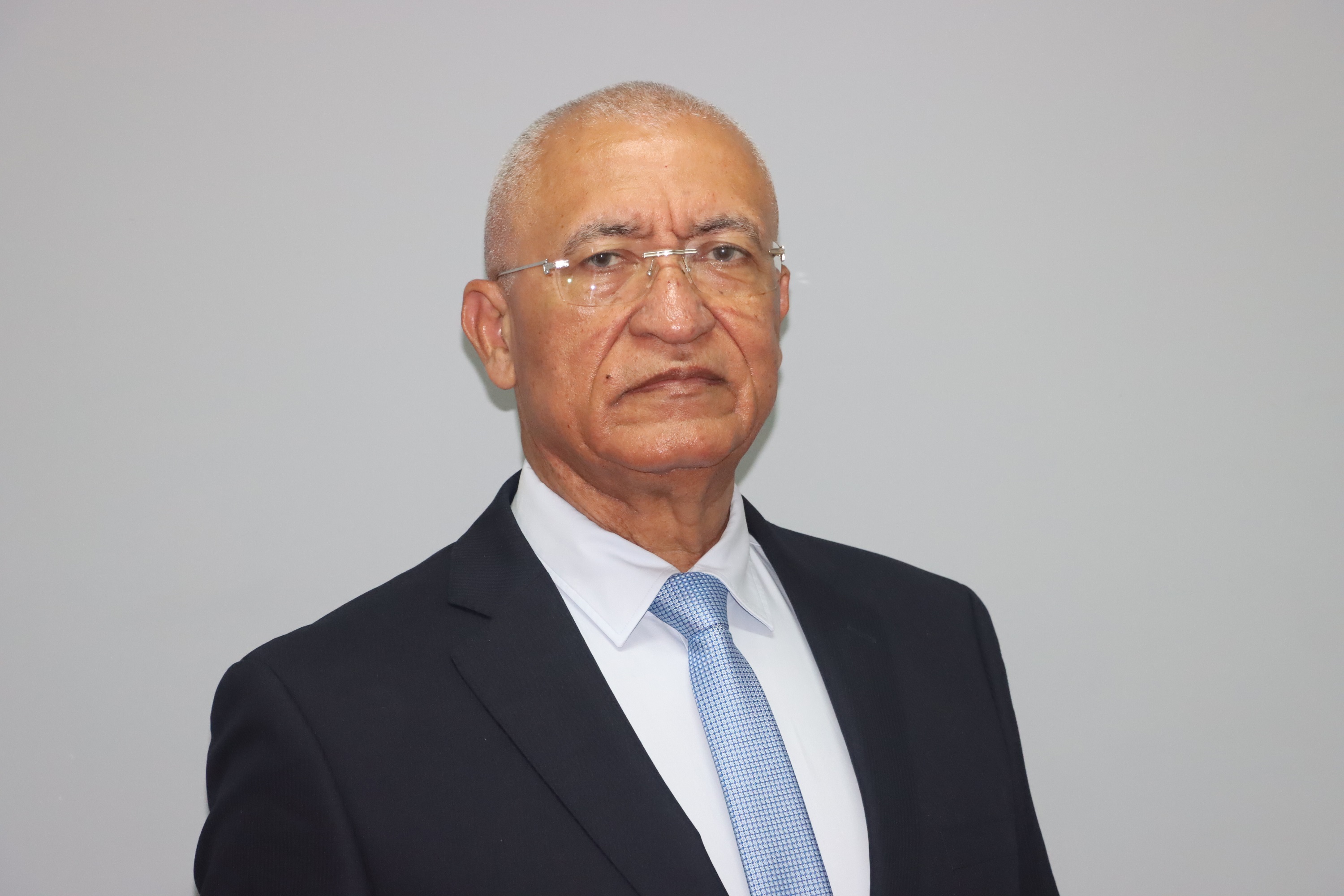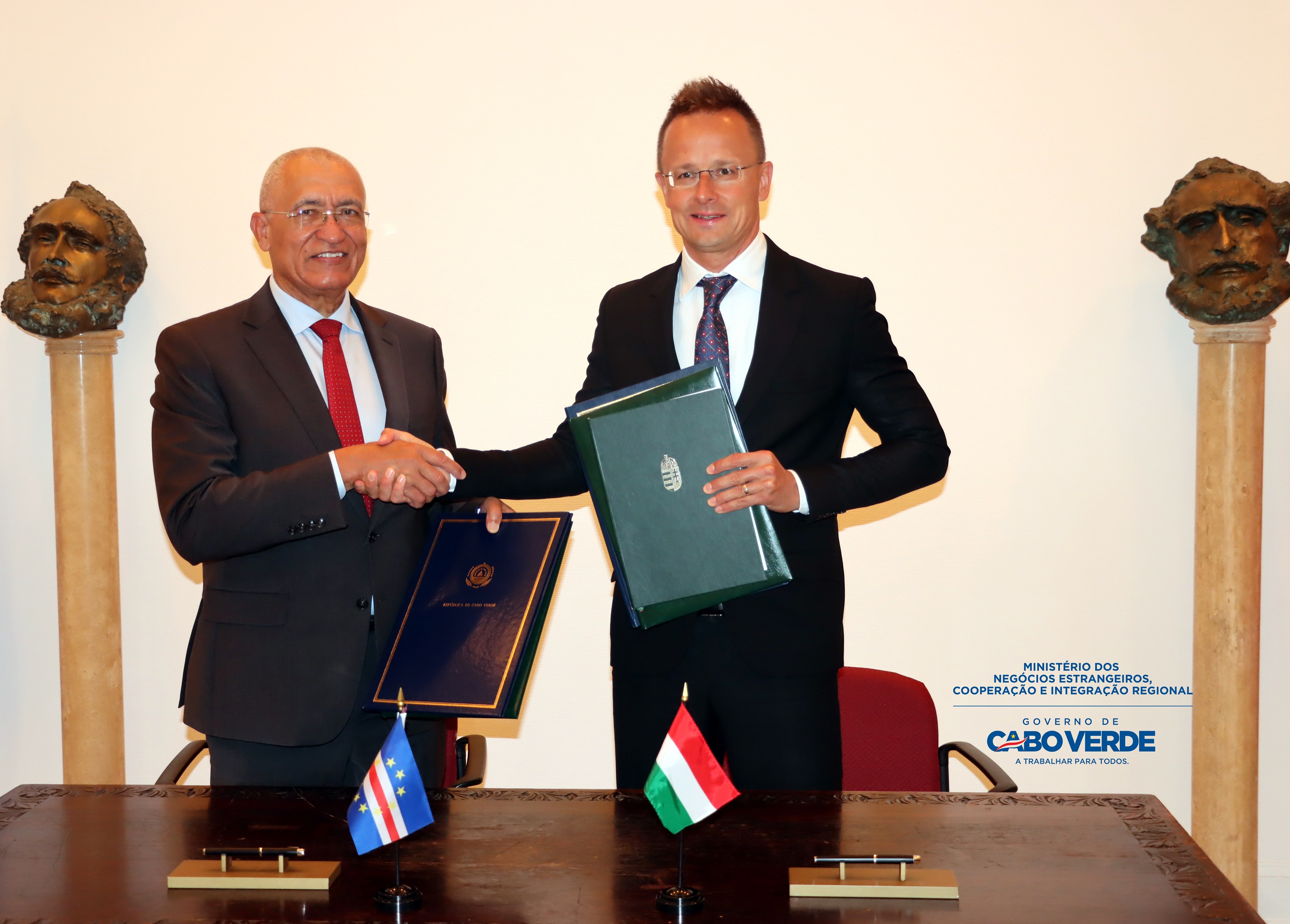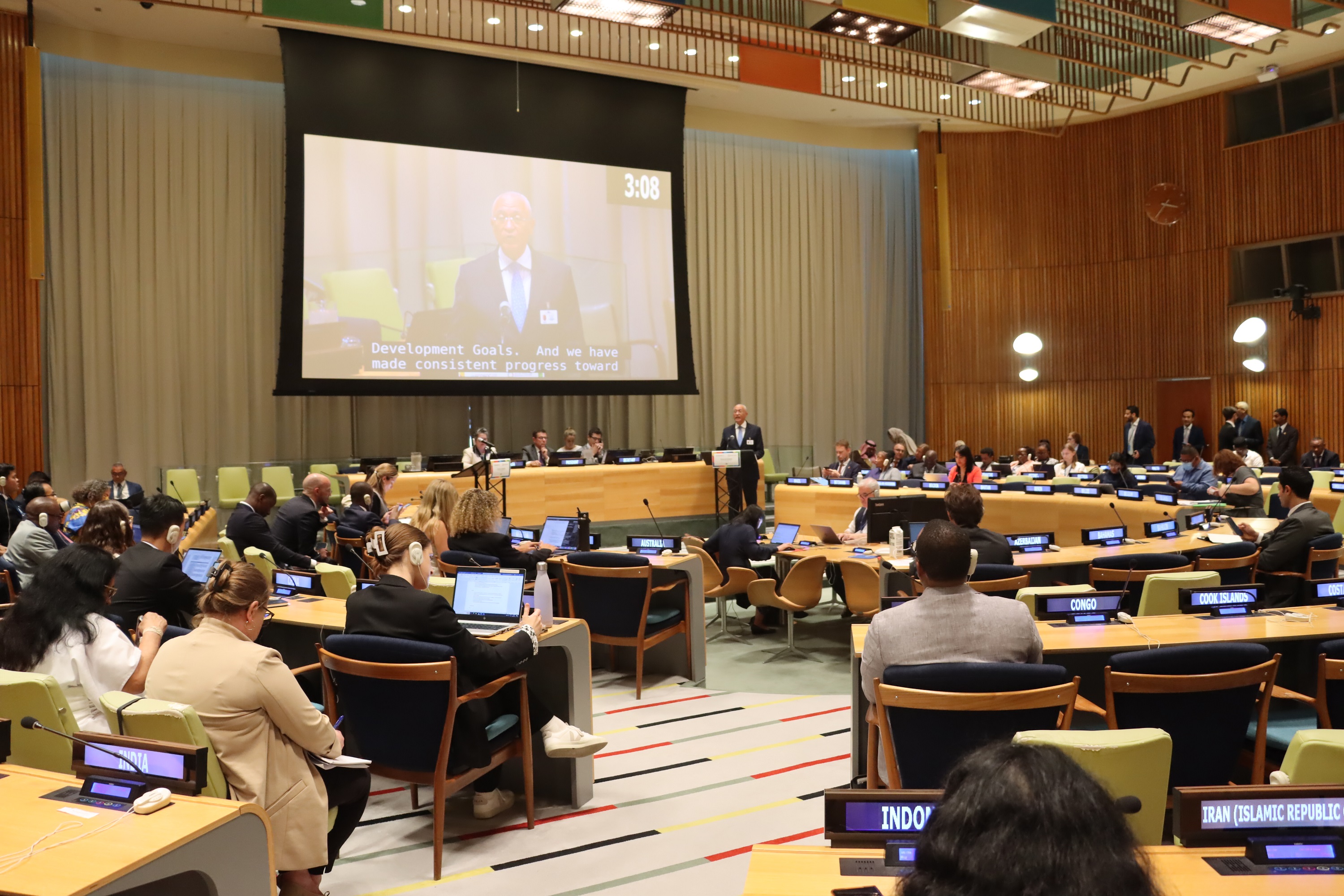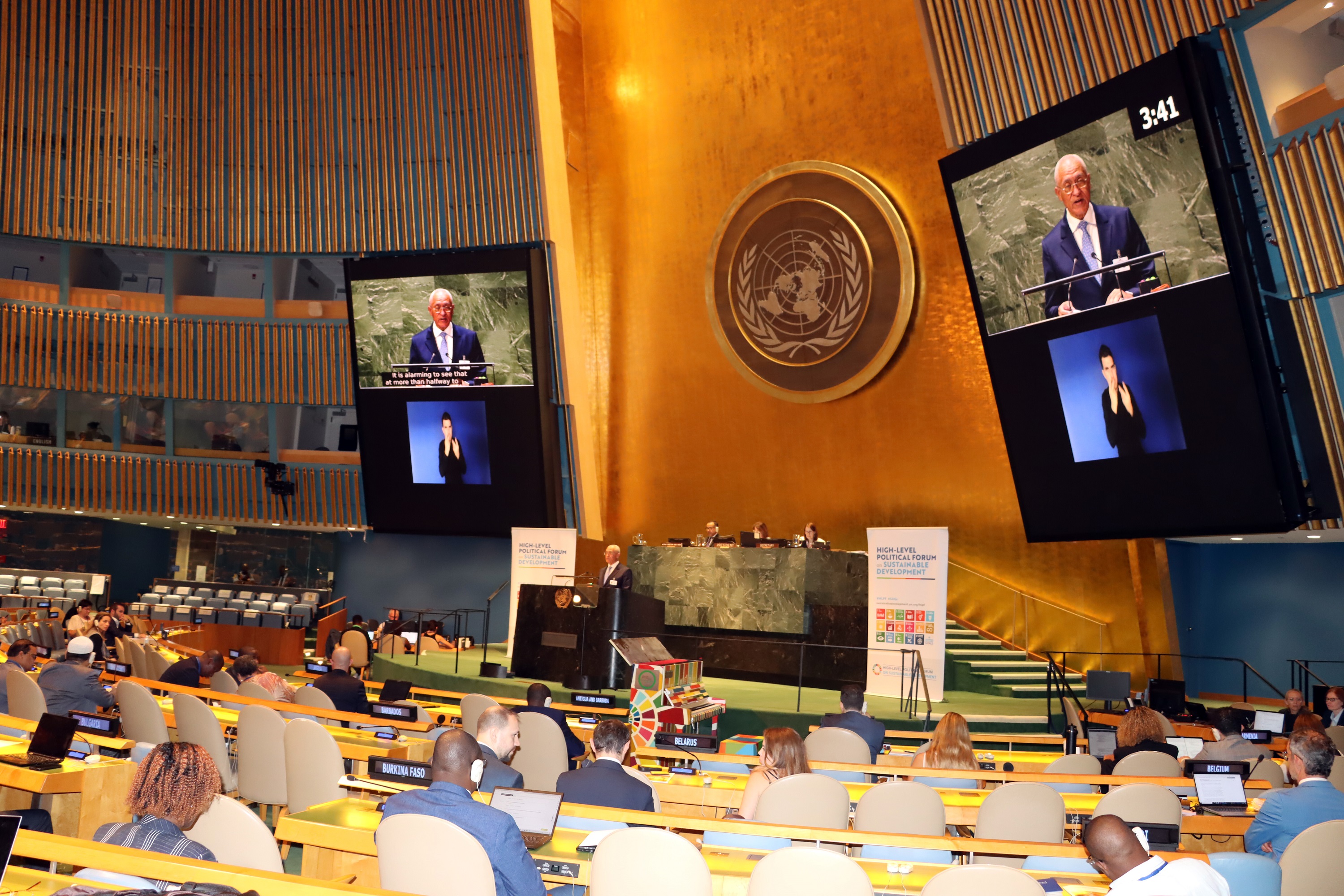Organizing partners
Government of Cabo Verde (lead organizer), European Union, Local 2030 Coalition, United Cities and Local Government organization (UCLG), United Nations Country Team in Cabo Verde
SDG localization
We know that two-thirds of the SDGs cannot be achieved unless local and regional governments and stakeholders are fully involved and empowered to drive implementation at the local level. For the 2030 Agenda for Sustainable Development to enable its transformative potential, it must be fully realized at the local level – it needs to be localized. Thus, SDG localization is one of the 12 highimpact initiatives coming from the SDG Summit, it is a crucial accelerator to achieve the SDGs by 2030 as a means of implementation for the six SDG transitions.
SIDS unique circumstances
The aggregate population of all the SIDS is 65 million, slightly less than 1% of the world’s population, yet this group faces unique social, economic, and environmental challenges. In 1992, at the United Nations Conference on Environment and Development, the international community formally declared SIDS a special case both for environment and development, committing themselves to assist SIDS to meet their sustainable development objectives.
SIDS are inherently and uniquely vulnerable to exogenous shocks owing to their small size, geographical remoteness, highly dispersed populations, the limited scale and undiversified nature of their economies, high dependence on external markets, and extreme exposure to disasters and natural hazards, and the effects of climate change. Climate change effects include erratic precipitation, increasingly frequent and extreme weather phenomena, more frequent and severe tropical cyclones, floods and drought, diminishing freshwater resources, desertification, coastal erosion, land degradation and sea-level rise, which represent the gravest of threats to the survival and viability of their people, natural ecosystems, and overall sustainable development.
For SIDS, the Exclusive Economic Zone (EEZ)—the ocean under their control—is, on average, 28 times the country’s land mass. Thus, for many SIDS the majority of the natural resources they have access to comes from the ocean.
Recognizing vulnerability does not mean that SIDS exhibit weakness or lack potential for development. Rather, it means recognizing that they are disproportionately impacted in terms of physical destruction and non-economic and economic losses to a far greater scale than elsewhere.
Purpose
This side event aims to foster greater collaboration that can pave the way to accelerate SDG localization in SIDS countries. The event will gather representatives from SIDS countries, partners, local and regional governments, and international entities supporting SDG localization efforts. The event will help to spotlight practices, initiatives, and solutions from efforts on the ground. It also aims to channel greater SDG financing towards SIDS to accelerate localized efforts for the achievement of the 2030 Agenda, scaling up progress.
Expected outcomes of the side event include
- Strong commitments to improve the impact, efficiency, and scale of SDG localization in SIDS countries, adapting the SDG localization approach to capture SIDS unique circumstances.
- Mobilizing support for strengthened capacities and expanded network of the SDG localization in SIDS countries and territories to drive localization to achieve specific SDG transitions.
- Leveraging resources to finance the SDG localization efforts of SIDS countries, territories, and local governments of the three SIDS geographical areas.
Date time
Thursday 30 May from 10:00-11:30 - Room 4
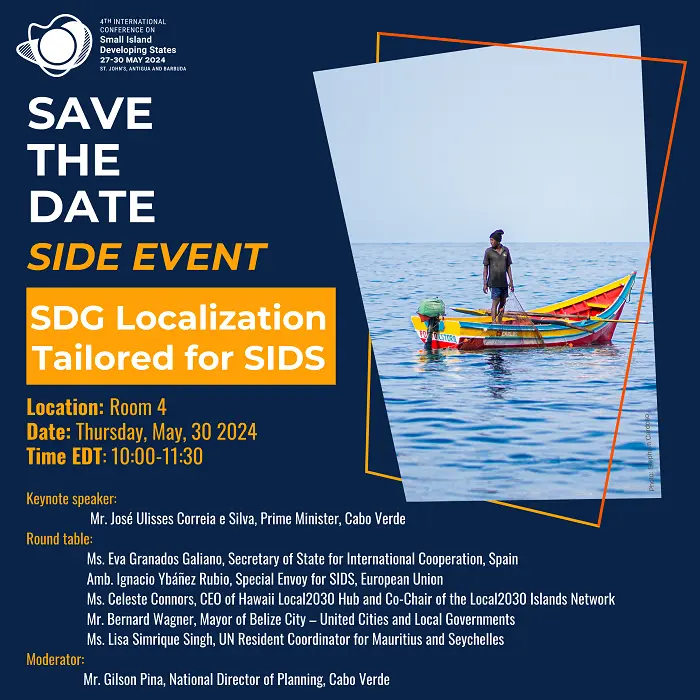
Outras Notícias
